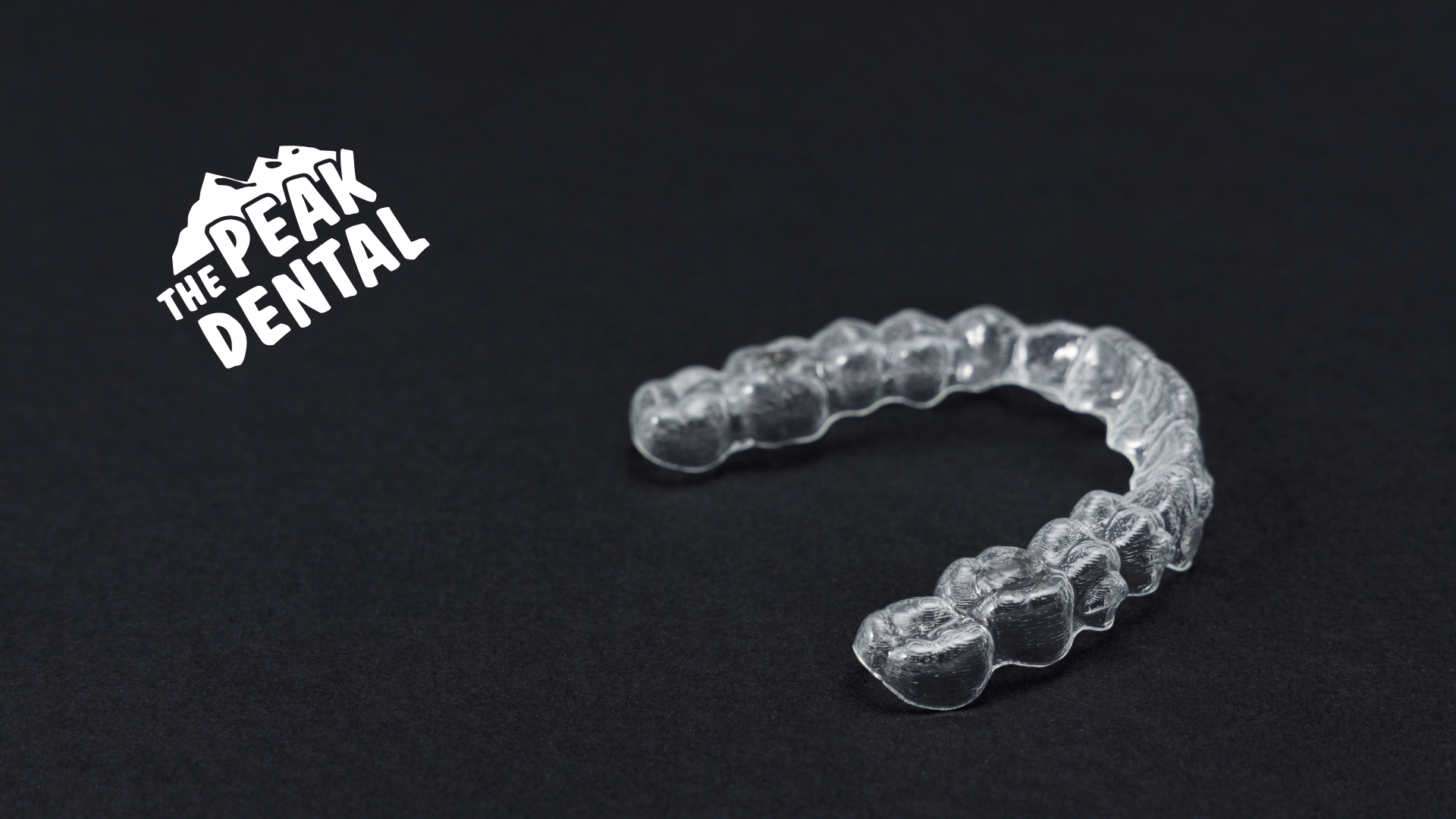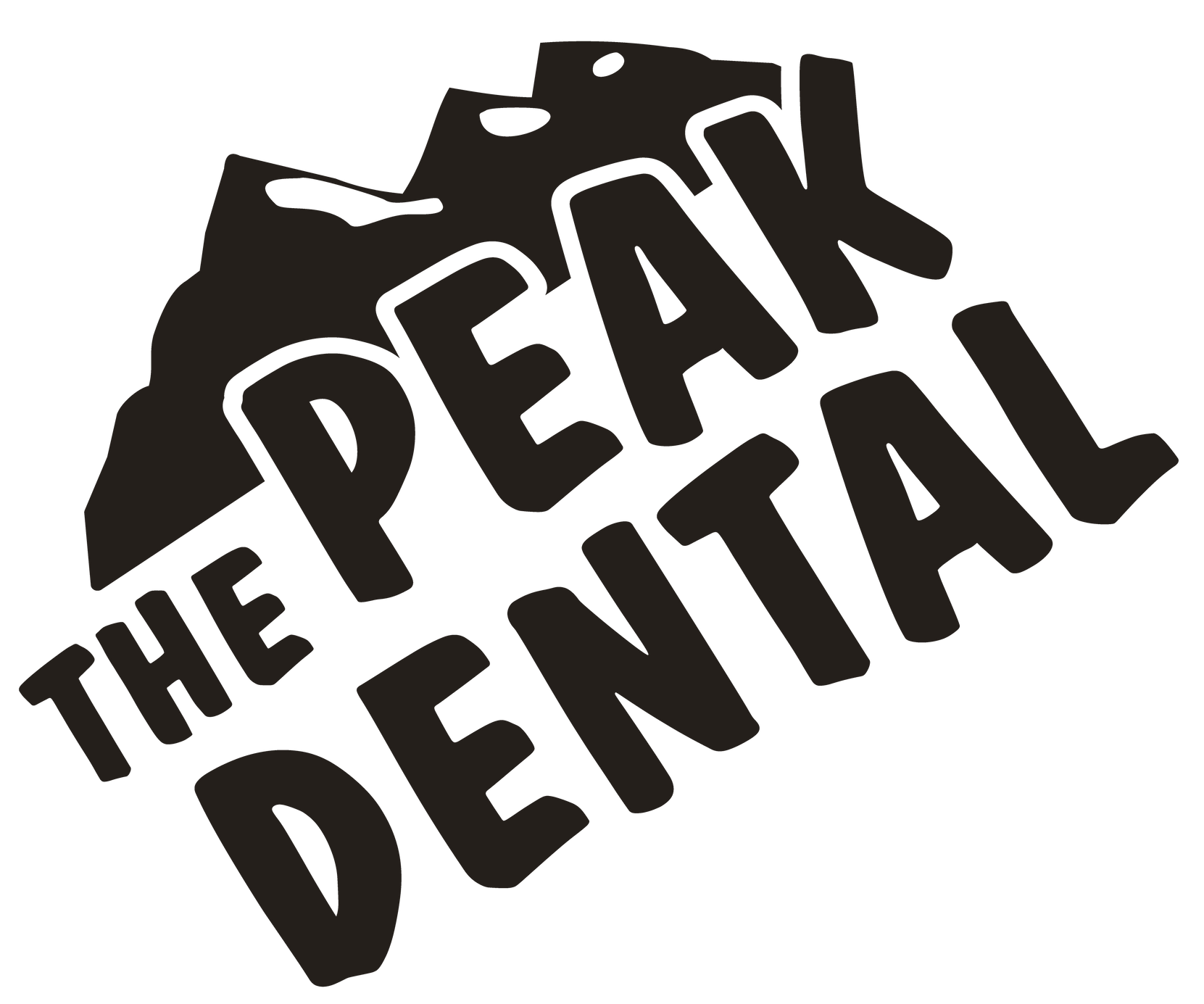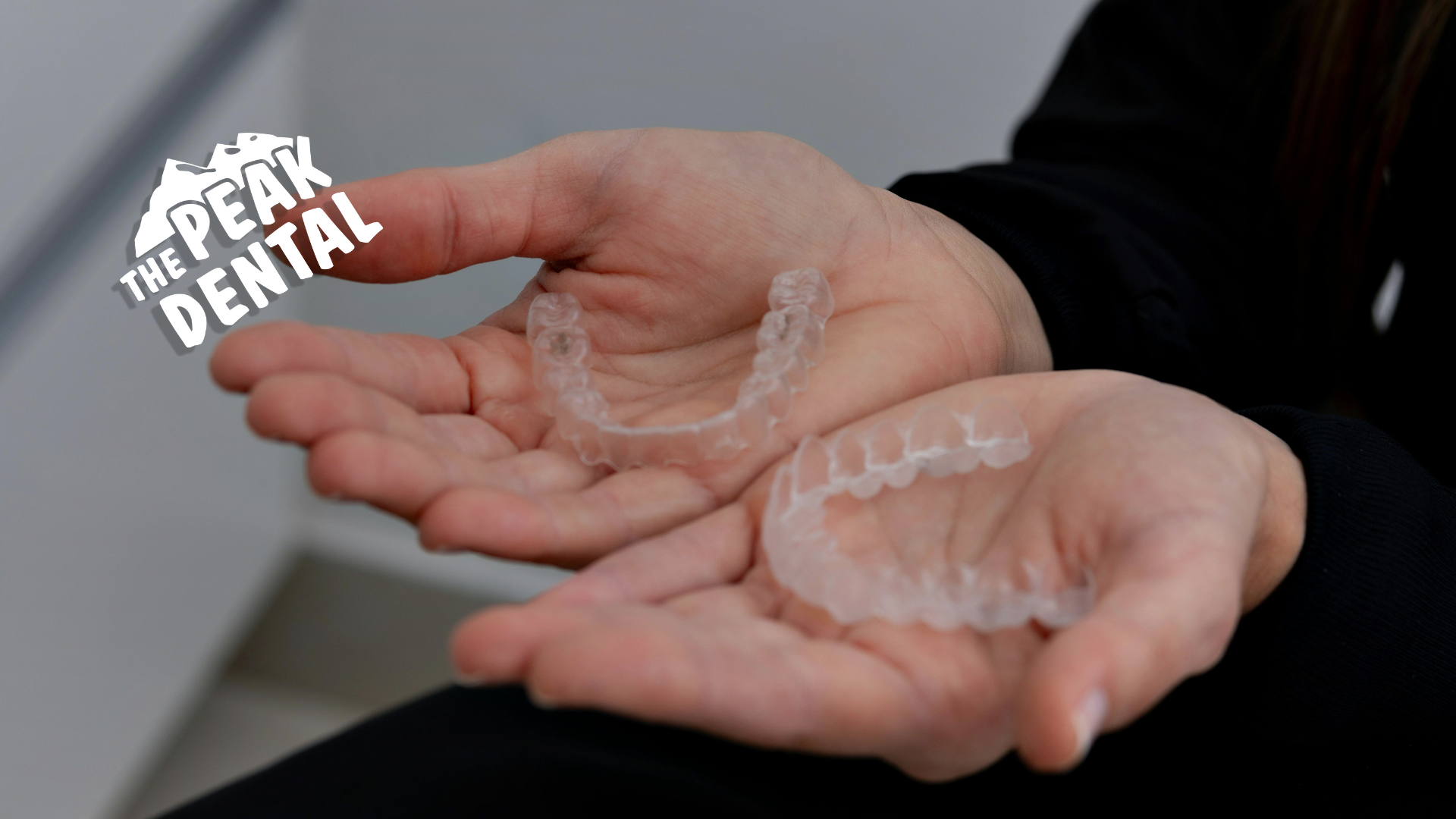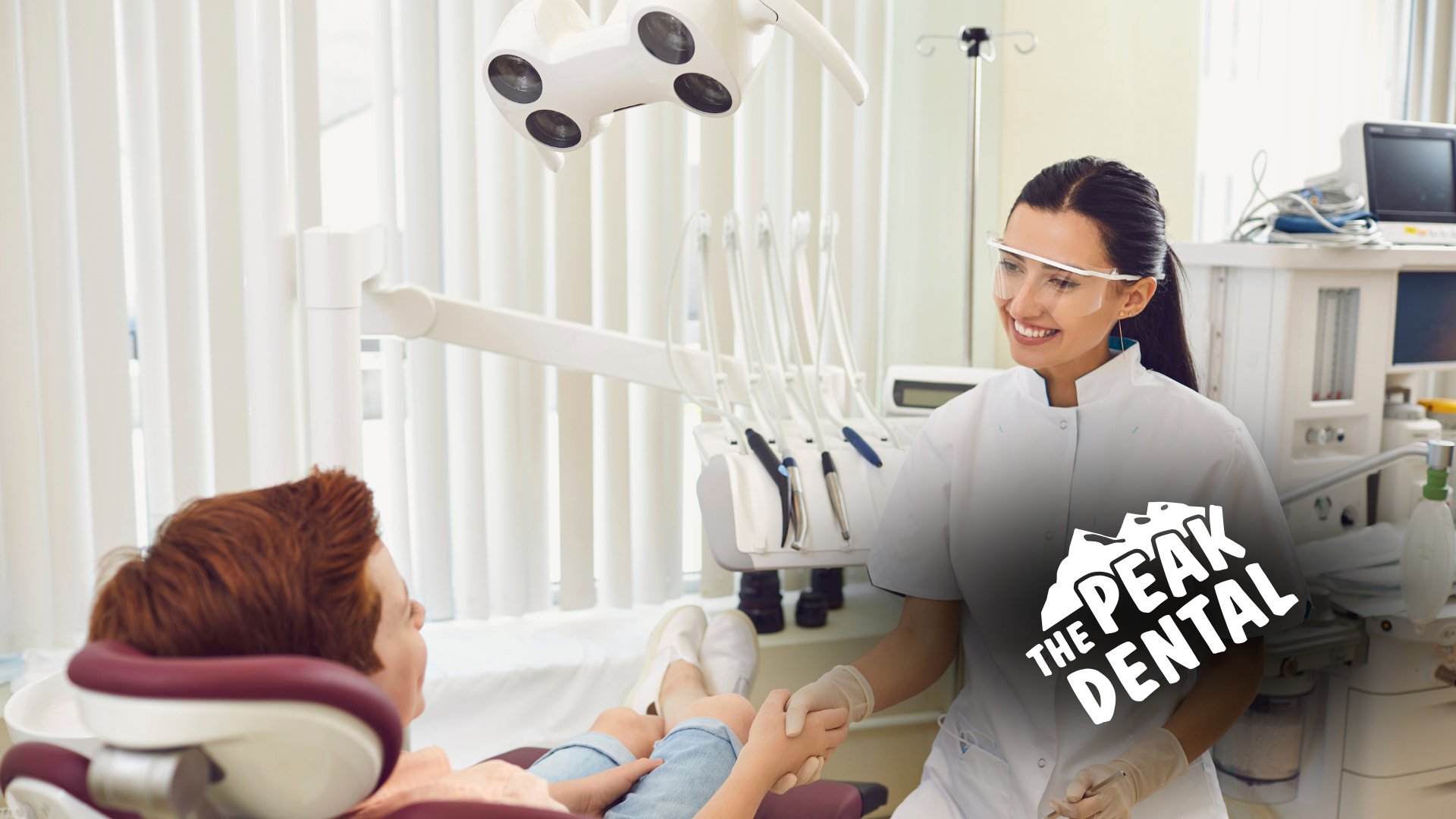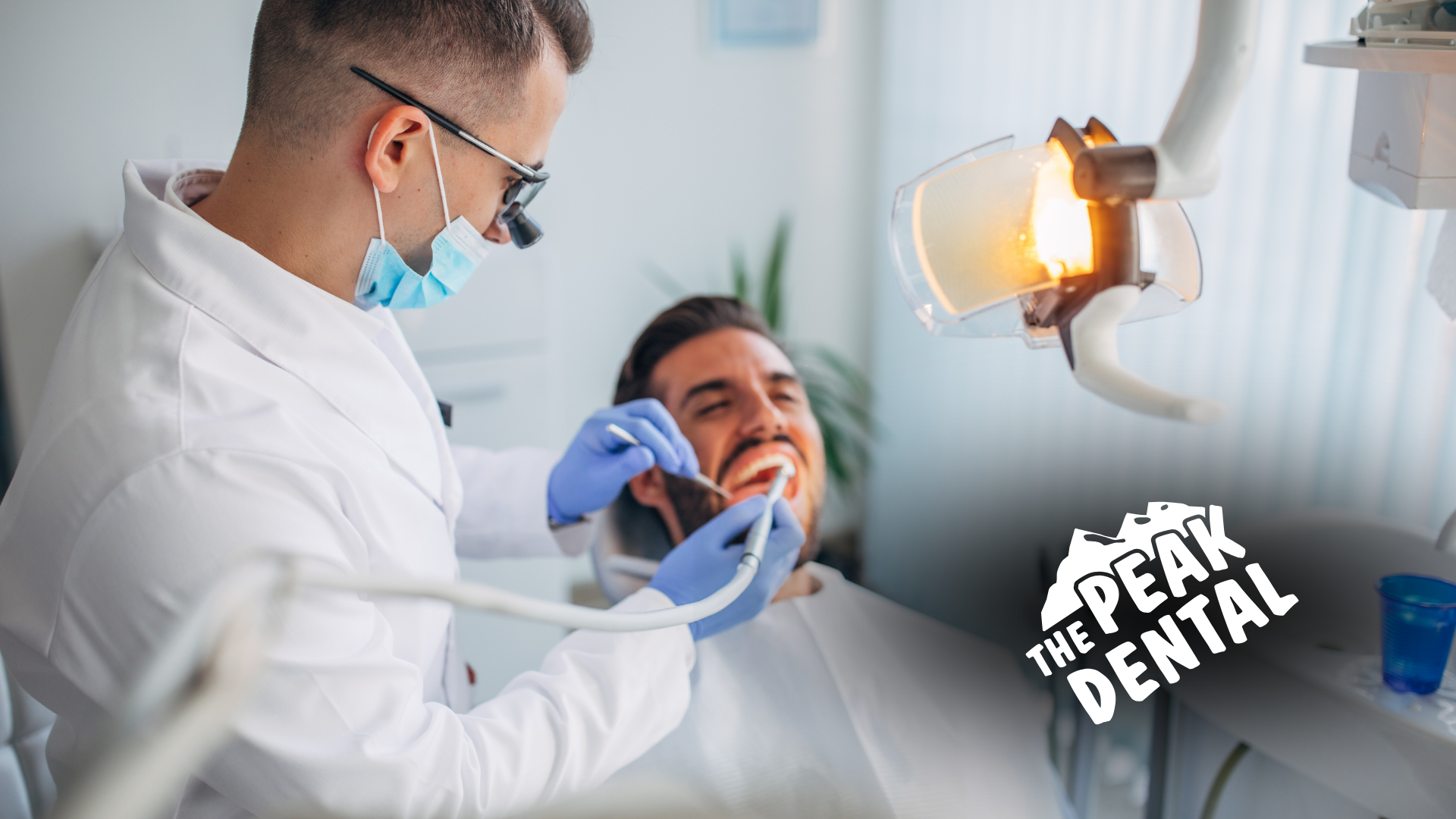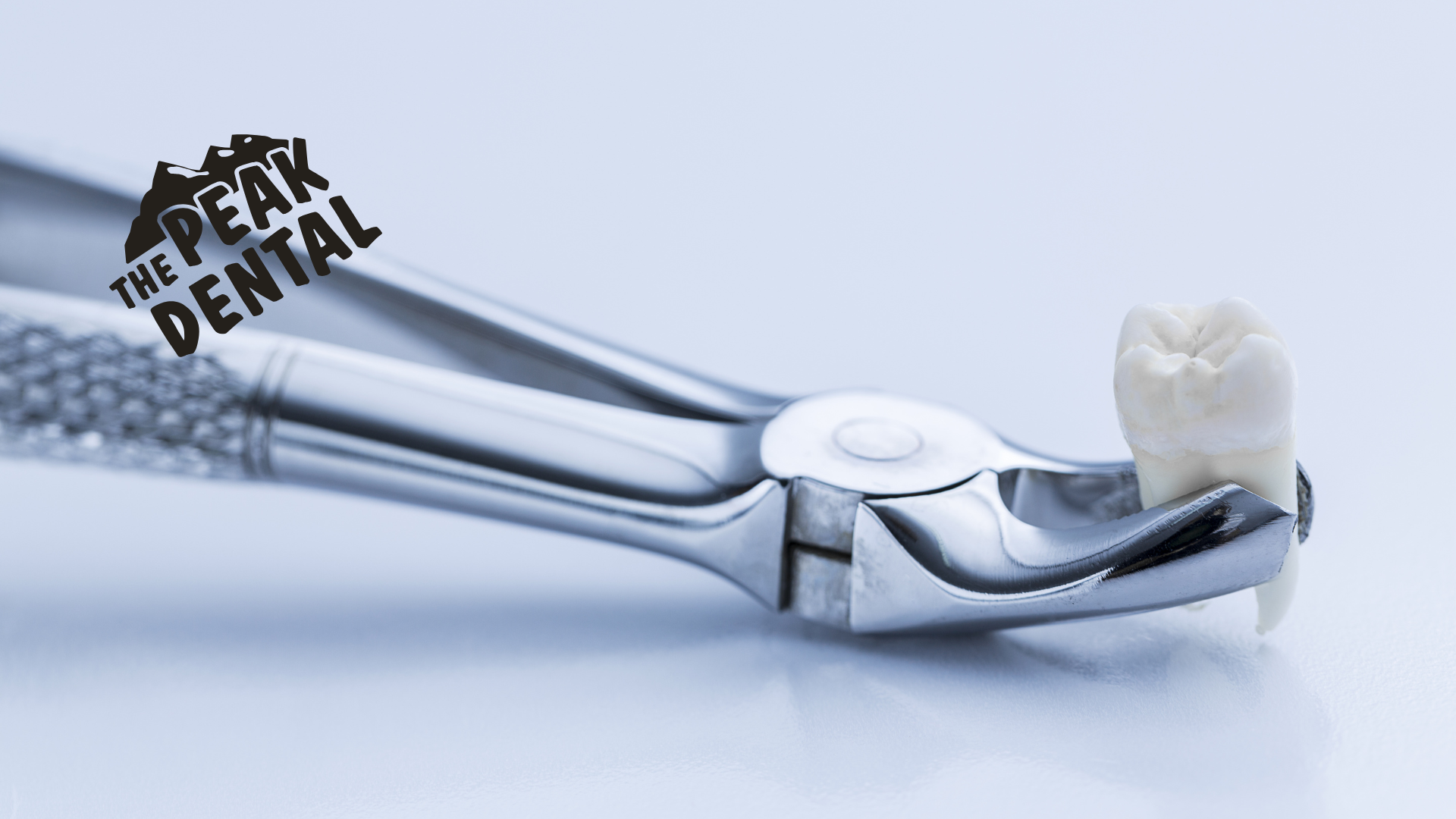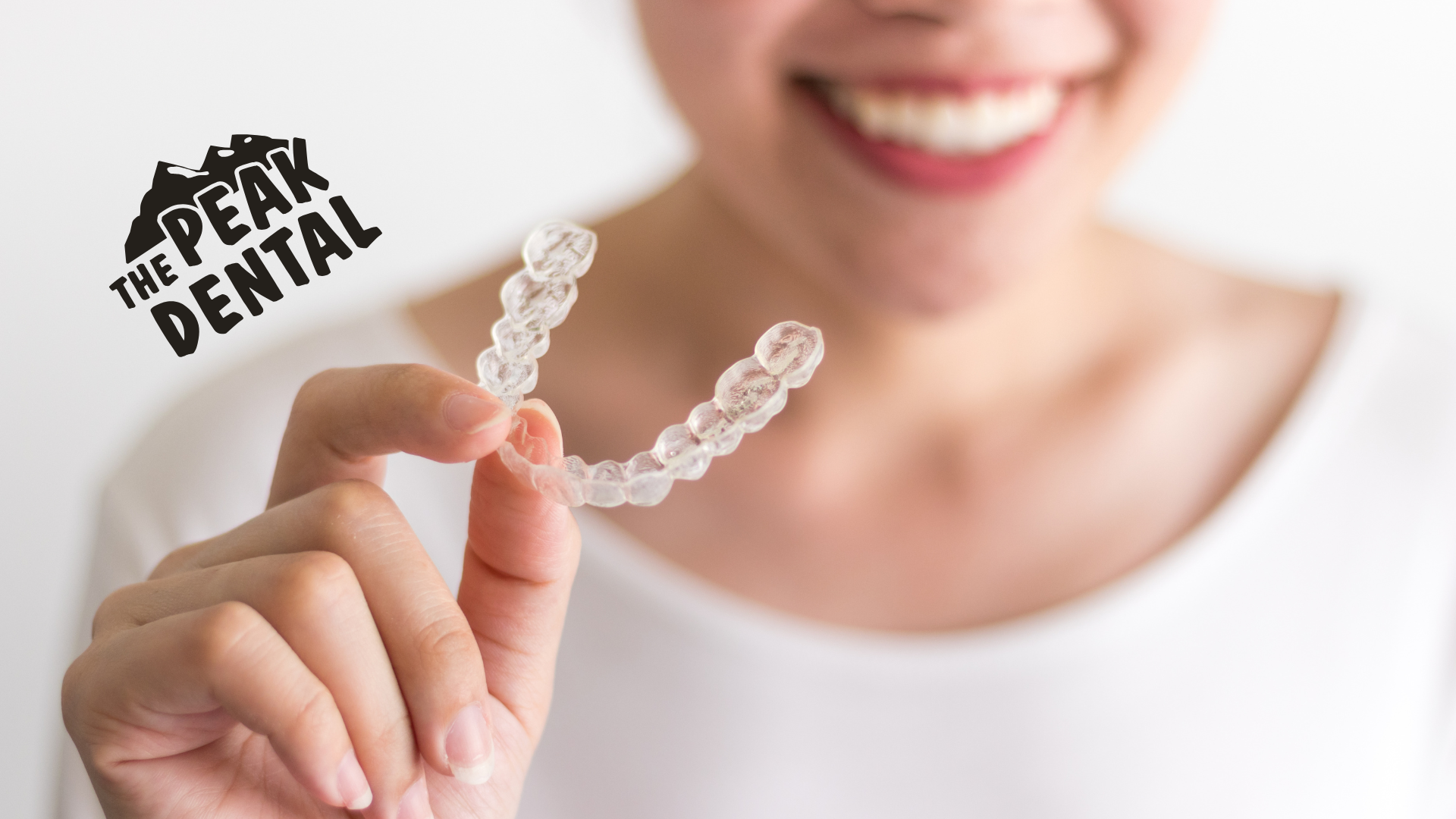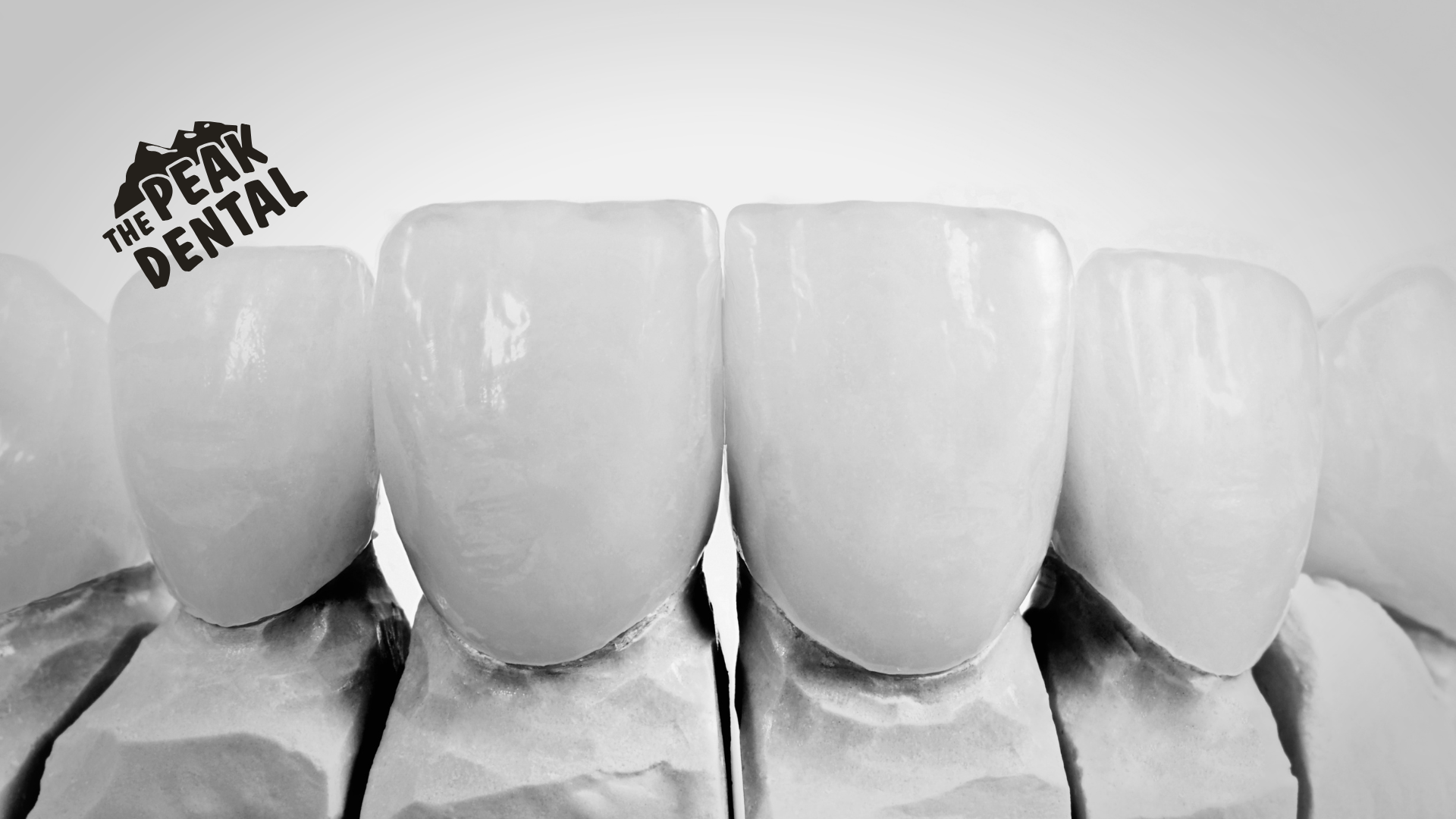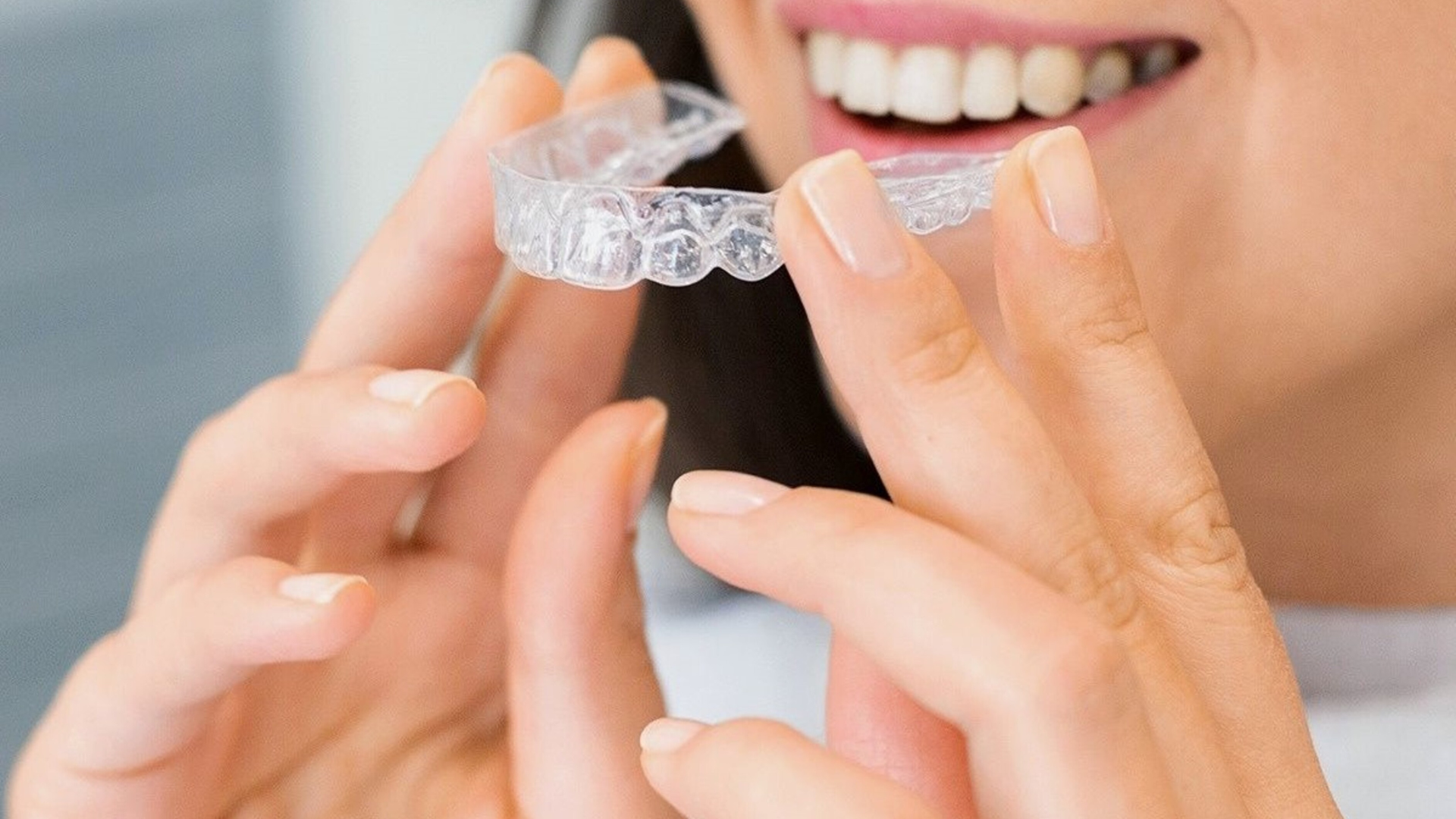Discovering the Timeline for Tooth Extraction Healing: How Long Does it Take?
Understanding the Tooth Extraction Healing Process
The Immediate Aftermath: First 24 Hours
The first 24 hours after a tooth extraction are critical for setting the stage for proper healing. Bleeding at the extraction site is normal, and a blood clot will typically form in the socket, which is essential for the healing process. During this period, it's important to follow specific steps to ensure optimal recovery:
- Avoid rinsing or spitting forcefully to prevent dislodging the blood clot.
- Do not use a straw, as the suction can disturb the clot.
- Apply gauze to the extraction site and bite down gently to reduce bleeding.
- Use an ice pack on the cheek to minimize swelling and discomfort.
Rest is paramount during the first day. Limit physical activity and elevate your head with pillows when lying down to decrease bleeding.
Adhering to these guidelines helps to protect the clot, reduce the risk of infection, and manage pain. It's the foundation upon which the rest of the healing process is built.
Initial Healing Phase: Days 2 to 7
After the first day of rest and clot formation, the initial healing phase begins. This period is crucial for the development of new tissue and the start of the gum's recovery process. Swelling and discomfort may peak during this time, but they should gradually improve as the days pass.
- Day 2: Swelling may increase, and you should continue with cold compresses.
- Days 3-4: Discomfort begins to subside; continue to rest and maintain oral hygiene.
- Days 5-7: Noticeable healing as new tissue forms; swelling decreases significantly.
During this phase, it's important to avoid any actions that could disrupt the blood clot, such as using a straw, smoking, or vigorous rinsing, as these can lead to complications like dry socket.
Adherence to your dentist's instructions for care during this phase is essential for a smooth recovery. It's also a good time to gradually reintroduce more solid foods into your diet as comfort allows.
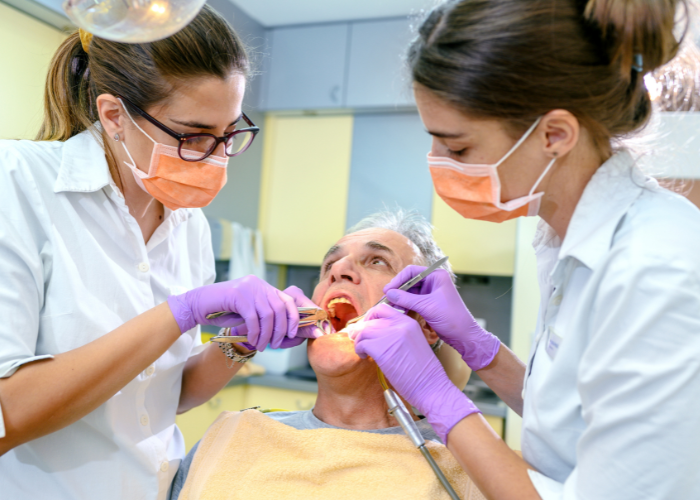
Secondary Healing Phase: Weeks 2 to 4
As the initial discomfort subsides, the secondary healing phase marks a period of deeper tissue repair. New bone formation and soft tissue maturation occur during this time, laying the foundation for a stable and healthy socket.
- The gum tissue continues to heal and close around the extraction site.
- The risk of infection decreases as the wound heals internally.
- It's important to maintain gentle oral hygiene practices to support ongoing healing.
During this phase, patients often notice a significant reduction in pain and swelling. However, it's crucial to continue following your dentist's advice to ensure proper healing.
Long-Term Healing: Beyond One Month
As the weeks progress, the tooth extraction site continues to heal and the bone where the tooth once was begins to remodel and fill in. This phase is crucial for the long-term integrity of the jawbone and surrounding teeth.
- The gum tissue should be fully healed.
- Any discomfort should have significantly subsided.
- It's important to continue practicing good oral hygiene to support the healing process.
By this stage, most of the healing has occurred, but it's essential to maintain oral health to prevent any complications.
Regular dental check-ups are important to ensure that the extraction site has healed properly and to monitor for any potential issues. If a dental implant or bridge is planned, the dentist will assess the readiness of the site for further procedures.
Factors Influencing Healing Time
Individual Health and Age
The rate at which a person heals from a tooth extraction is significantly influenced by their overall health and age. Younger individuals typically recover faster due to higher metabolism and better regenerative capabilities. In contrast, older adults may experience a slower healing process, as the body's natural regenerative abilities decline with age.
- Young adults: Quicker recovery due to robust healing responses.
- Middle-aged individuals: Moderate healing times, with variations based on health conditions.
- Older adults: Slower healing, often complicated by pre-existing health issues.
It's crucial to consider that underlying health conditions, such as diabetes or immune system disorders, can further impede the healing process, regardless of age.
Complexity of the Tooth Extraction
The complexity of the tooth extraction procedure can significantly influence the healing time. Simple extractions, where the tooth is visible and easily accessible, typically heal faster than surgical extractions, which involve removing gum tissue, bone, or both to access the tooth.
- Simple extractions may require less healing time due to minimal tissue disturbance.
- Surgical extractions often result in longer recovery periods as they are more invasive.
- Wisdom tooth removal, especially if impacted, is considered one of the more complex procedures.
The degree of difficulty in removing a tooth directly correlates with the recovery period; the more complex the extraction, the longer the healing process may take.
Patients should be aware that extractions involving multiple teeth or those that require sectioning the tooth into pieces will also extend the healing timeline. It's crucial to follow the dentist's post-operative care instructions to ensure the best possible healing outcome.
Post-Operative Care and Lifestyle Choices
The way you care for your mouth after a tooth extraction can significantly influence the speed and quality of your healing process. Adhering to your dentist's post-operative instructions is crucial for preventing infections and complications.
- Rest adequately and avoid strenuous activities for the first few days.
- Keep the extraction site clean by gently rinsing with salt water after meals.
- Refrain from smoking or using tobacco products, as they can hinder the healing process.
- Limit alcohol consumption, which can interfere with the effectiveness of any prescribed medications.
Your lifestyle choices, such as maintaining a balanced diet and staying hydrated, play an integral role in your recovery. Proper nutrition provides the necessary building blocks for tissue regeneration and repair.
Potential Complications and How They Affect Recovery
While most tooth extractions heal without incident, potential complications can arise that may prolong the recovery process. Infection is one of the most common complications, leading to increased pain, swelling, and the possibility of spreading to adjacent areas.
- Dry socket, characterized by severe pain due to the loss of the blood clot at the extraction site, can delay healing and require additional treatment.
- Damage to surrounding teeth or dental work, such as crowns or bridges, can occur during the extraction.
- Nerve damage, though rare, can result in temporary or permanent changes in sensation.
Timely identification and treatment of these complications are crucial for a smooth recovery. Patients should follow their dentist's instructions and report any unusual symptoms immediately.
It's important to note that individuals with certain health conditions, such as diabetes or a compromised immune system, may be at a higher risk for complications. Adhering to a strict post-operative care regimen can help minimize these risks and promote a faster healing process.
Pain Management During Recovery
Medications and Natural Remedies
Managing pain after a tooth extraction is crucial for a comfortable recovery. Over-the-counter pain relievers such as ibuprofen or acetaminophen are often recommended to alleviate discomfort. It's important to follow the dosage instructions provided by your dentist or on the medication label.
For those seeking a more holistic approach, natural remedies can be effective. Some options include:
- Applying a cold compress to reduce swelling and numb the area.
- Rinsing with warm salt water to promote healing and reduce the risk of infection.
- Using clove oil, which contains eugenol, a natural anesthetic, to temporarily relieve pain.
Remember, while natural remedies can provide relief, they should not replace professional medical advice or prescribed medication. Always consult with your dentist before trying new treatments.
The Role of Ice and Heat
Applying ice after a tooth extraction is a common and effective way to reduce swelling and numb the area, providing temporary pain relief. Ice should be used intermittently for the first 24 hours post-surgery, typically for periods of 15-20 minutes.
After the initial 24 hours, heat can be gently applied to promote blood flow and healing in the affected area. It's important to ensure that the heat is not too intense to avoid burns or increased swelling. Follow these steps for effective use of heat:
- Use a warm, not hot, compress.
- Apply the compress to the cheek area adjacent to the extraction site.
- Limit heat application to 20-minute intervals.
Remember, the application of ice and heat should be comfortable and should not cause additional pain. If discomfort persists, discontinue use and consult your dentist.
When to Seek Professional Help
While mild discomfort and swelling are normal after a tooth extraction, certain signs warrant immediate professional attention. If you experience severe pain, excessive bleeding, or signs of infection, such as fever and swelling that worsens over time, contact The Peak Dental, your dentist or oral surgeon promptly.
- Persistent or severe pain not alleviated by prescribed medication
- Significant bleeding that doesn't subside with pressure
- Signs of infection, including fever, severe swelling, or pus
- Difficulty breathing or swallowing
It's crucial to follow your dentist's instructions and attend all follow-up appointments. If you're uncertain about your symptoms or if they seem to worsen, it's better to err on the side of caution and seek professional advice.
Diet and Nutrition for Optimal Healing
Foods to Eat and Avoid After Tooth Extraction
After a tooth extraction, it's crucial to adhere to a specific diet that promotes healing and avoids complications. Soft foods and liquids should be your go-to choices immediately following the procedure. These can include:
- Yogurt
- Applesauce
- Broth and soups
- Mashed potatoes
- Smoothies (without straws)
Conversely, there are certain foods that should be avoided to prevent harm to the extraction site. Steer clear of:
- Crunchy and hard foods like nuts and chips
- Chewy foods such as gum or steak
- Spicy and acidic foods that can irritate the wound
- Hot beverages and foods that may dissolve the blood clot
It's not just about what you eat, but also how you eat. Chew on the opposite side of your mouth from the extraction site and take small bites to minimize discomfort and protect the clot.
Remember, proper nutrition is not only about avoiding discomfort but also about ensuring a speedy and complication-free recovery. As your mouth heals, you can gradually reintroduce more solid foods into your diet.
The Importance of Hydration
Maintaining adequate hydration is crucial for the body's healing process after a tooth extraction. Water plays a vital role in the regeneration of tissues and the transportation of nutrients necessary for recovery.
- Drink plenty of water to keep the mouth clean and to aid in the healing of the extraction site.
- Avoid using straws as the suction can disrupt the blood clot and delay healing.
- Steer clear of alcoholic, caffeinated, or sugary beverages as they can lead to dehydration.
Staying hydrated not only supports the healing of the extraction site but also helps maintain overall health and well-being during recovery.
It's important to monitor your fluid intake and ensure you're drinking enough water throughout the day. This simple step can significantly impact the speed and quality of your healing process.
Vitamins and Supplements to Support Recovery
After a tooth extraction, your body needs certain nutrients to facilitate the healing process. Vitamins A and C are particularly important, as they play a crucial role in the repair and regeneration of tissues. Vitamin A promotes the production of white blood cells, which fight infection, while Vitamin C is essential for collagen formation, a vital component of gum tissue.
- Vitamin A: Found in sweet potatoes, carrots, and dark leafy greens.
- Vitamin C: Abundant in citrus fruits, strawberries, and bell peppers.
- Vitamin E: Helps to protect cells from oxidative stress and can be found in nuts and seeds.
- Zinc: Supports immune function and wound healing, available in meat, beans, and nuts.
In addition to these vitamins, supplements such as omega-3 fatty acids can reduce inflammation and promote healing. However, it's always best to consult with a healthcare provider before starting any new supplement regimen.
Ensuring a balanced intake of these nutrients can significantly aid in your recovery and help maintain overall oral health.
Returning to Normal Activities
Physical Activity and Exercise Guidelines
After a tooth extraction, it's crucial to balance rest with gentle physical activity to aid the healing process. Avoid strenuous exercise for at least 72 hours post-surgery to prevent any bleeding or swelling. As you reintegrate exercise into your routine, consider the following guidelines:
- Start with light activities such as walking or stretching.
- Gradually increase the intensity of your workouts over the following weeks.
- Listen to your body and stop immediately if you experience pain or discomfort.
Remember, keeping your head elevated during physical activity can help manage swelling.
Resuming normal exercise routines should be done cautiously and ideally under the guidance of a healthcare professional. It's important to allow your body the time it needs to heal fully before engaging in any activity that could potentially disrupt the extraction site.
Oral Hygiene Practices Post-Extraction
Maintaining oral hygiene after a tooth extraction is crucial for preventing infection and promoting healing. The peak dental recovery period requires a gentle approach to oral care. Initially, avoid rinsing, spitting, or using a straw for the first 24 hours to prevent dislodging the blood clot.
- Day 1: Gently wipe the area with a clean, damp gauze pad.
- Day 2 onwards: Rinse your mouth with a warm saltwater solution after meals and before bed.
- After 24 hours: Resume brushing your teeth, being careful around the extraction site.
It's important to follow your dentist's specific instructions for oral hygiene to ensure optimal healing.
As the days progress, you can gradually reintroduce more normal brushing and flossing routines, always being mindful of the tender extraction area. Avoid using mouthwashes containing alcohol as they can irritate the wound. Instead, opt for a gentle, non-alcoholic rinse if recommended by your dentist.
Understanding the Signs of Proper Healing
Recognizing the signs of proper healing is crucial for ensuring a smooth recovery after a tooth extraction. Normal healing indicators include a reduction in swelling and pain, as well as the formation of a stable blood clot in the socket where the tooth was removed. Here are some positive signs to look out for:
- Absence of excessive bleeding
- Diminishing pain and discomfort
- Decrease in swelling around the extraction site
- Gradual tissue regeneration and gum closure over the socket
It's important to monitor the extraction site for these signs of healing. However, if you notice persistent redness, swelling, or pain, it may indicate an infection or other complications. In such cases, it's essential to contact your dentist.
While the absence of pain and visible healing are good indicators, it's the absence of complications such as infection or dry socket that truly signifies a successful recovery.
Frequently Asked Questions
1. How long does it take for the blood clot to form after a tooth extraction, and why is it crucial for healing?
Typically, a blood clot forms within the first 24 hours after a tooth extraction. This clot acts as a protective barrier over the extraction site, promoting healing and preventing infection. It's essential for the initial phase of the healing process as it provides a foundation for new tissue growth.
2. What is dry socket, and how does it affect the healing timeline?
Dry socket is a condition where the blood clot dislodges or dissolves prematurely, exposing the underlying nerves and bone. This can lead to severe pain and delay the healing process. While it's relatively rare, occurring in about 2-5% of extractions, it can significantly extend the recovery time if not properly treated.
3. Can smoking or using tobacco products affect the healing process after a tooth extraction?
Yes, smoking or using tobacco products can impede the healing process and increase the risk of complications such as dry socket and infection. Nicotine restricts blood flow, slowing down the delivery of essential nutrients and oxygen to the extraction site, which is crucial for proper healing. It's strongly recommended to avoid smoking or using tobacco during the healing period.
4. When can I resume my regular oral hygiene routine after a tooth extraction?
It's important to wait at least 24 hours before resuming your regular oral hygiene routine after a tooth extraction. During the first day, avoid brushing the extraction site to prevent dislodging the blood clot. After 24 hours, you can gently brush your teeth, being cautious around the extraction area. Your dentist will provide specific instructions based on your individual case.
5. Is it normal to experience numbness or tingling around the extraction site after the procedure?
Some degree of numbness or tingling around the extraction site is normal, especially if local anesthesia was used during the procedure. This sensation typically resolves on its own within a few hours to a few days as the anesthesia wears off and the nerves begin to heal. However, if numbness persists or worsens over time, it's important to contact your dentist for further evaluation.
